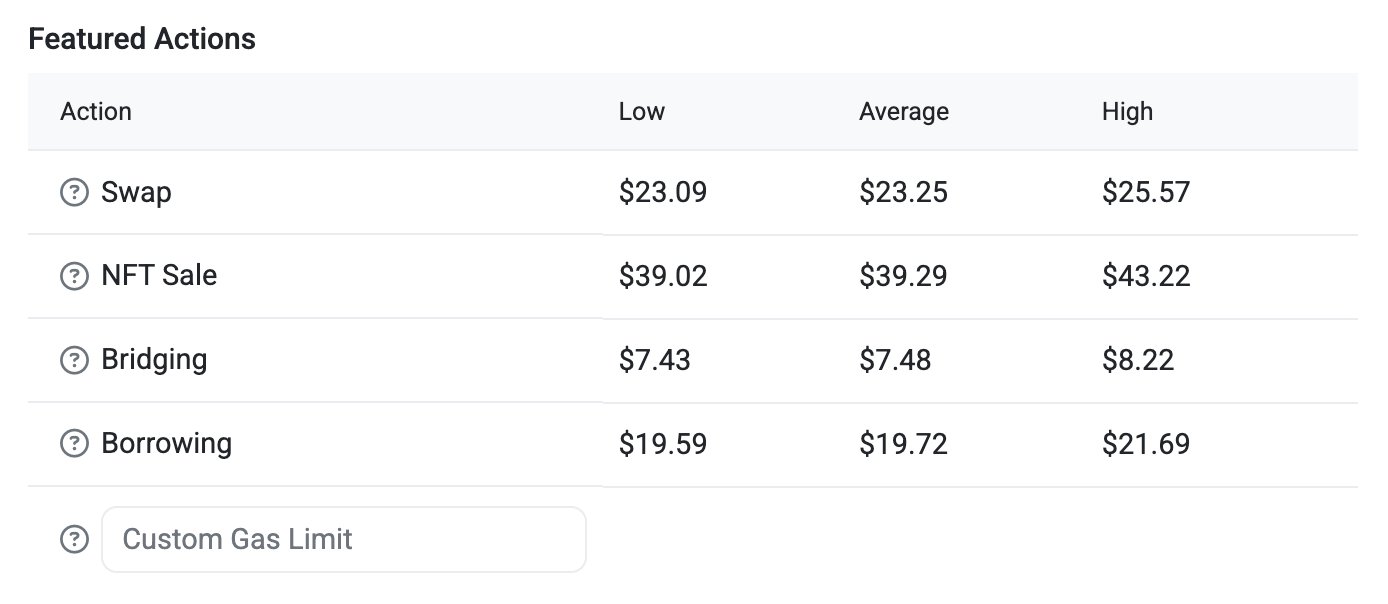Optimum enables validators to send data faster and more efficiently, in turn raising the scalability of the blockchain they operate on. Back in June we released our first mumP2P demo which showed a 4mb (average size of an Ethereum block) message being propagated across 36 globally distributed nodes in ~1113 milliseconds. This was significantly faster than the ~1577ms it took for Ethereum’s current method (Gossipsub) on the same demo network. A sizable performance gain, but we knew we could go much faster… so we did.
Latest Hoodi Testnet Results
Now mumP2P protocol has graduated from our Devnet to Ethereum Hoodi Testnet, giving us a much more realistic environment to collect data in. Our initial numbers on Hoodi are as follows:
150 ms average block propagation time
Averaging 6.5x lower latency than Gossipsub’s 1000 ms
Simply put, this blows our June demo numbers out of the water. Even the fastest propagation times with Gossipsub are still above 1 second, making Optimum’s fast propagation layer a monumental opportunity for Ethereum scaling. 150ms propagation creates a clear path to reducing block times and finality, which will directly raise the standards for app performance and user experience. In this report, we’ll outline our methodology, sources for baseline Gossipsub metrics used in comparison, and what this data means for the future of Ethereum’s consensus layer.
Implementation and Methodology
Our Hoodi setup consists of 30 mumP2P-powered nodes globally distributed to mimic the geographic diversity of the entire Ethereum node set. Node operators run gateways as peers and connect their beacon nodes to them. Once a block arrives at one of these gateways, it enters the Optimum Network, which uses the mumP2P protocol to propagate the block across all mumP2P-enabled nodes, as well as to the rest of the Hoodi consensus layer network that is still using libp2p/gossipsub. Our latency measurements show the time it takes for a block to reach all other mumP2P-enabled nodes.

On the latency graph we see average propagation time around 140-150ms, with lows frequently dipping into the 120ms range and the occasional high up around 200ms. Overall, Optimum’s network maintains excellent consistency with the majority of blocks reaching all 30 mumP2P enabled peers between 130-170ms.
Speed Increase
For our comparison to standard Ethereum data propagation (Gossipsub) we used data from ethPandaOps, taking the lowest reported latency to create a fair and slightly conservative estimate of the speed increase. The low-end latency for Gossipsub clocks in around 1 second on a comparable set of nodes, making mump2p’s 150ms propagation a staggering 6.5 times faster!

While 6.5x lower latency is typical, mump2p frequently propagates blocks 7 or 8 times faster. Keep in mind that this comparison uses the fastest Gossipsub numbers, so in actuality the speedup could be even more dramatic at times when network traffic is high and Gossipsub tends to struggle. One of the Optimum Network's standout features is its ability to maintain low latency during periods of network congestion, which we observed in our previous Devnet testing with both larger and more frequent messages.
Why Speed Matters
The road to a buttery smooth blockchain user experience is paved with latency reductions and bandwidth increases. 6x faster block propagation is the infrastructure upgrade Ethereum needs to unlock its scaling potential. When the network can propagate blocks at 150ms, slot times can be reduced significantly, which will be felt by end users as faster transaction confirmations and finality. Increased throughput also targets another major pain point for users, L1 congestion fees. Optimum doesn’t just deliver low latency, it maintains it under heavy traffic. Just this month we saw another instance of gas fees spiking above $20, an occurrence which we aim to make a relic of the past. Since Optimum enables validators to propagate much more efficiently, it opens up their bandwidth to handle higher gas limit blocks which will mitigate fee spikes during high traffic periods.

6x faster propagation also makes validators more profitable, reducing missed or late attestations, as well as resource utilization. We’re looking into methods of extrapolating APY gains from this testnet data to give an idea of the economic impact Optimum will have for validators and ETH stakers. To put some perspective on potential economic effects, ETH staking is a $150 billion industry, with our current set of testnet partners already accounting for over $30 billion in staked ETH. With such a large addressable market, the APY boost that Optimum will provide could mean an additional 9-10 figures in network-wide validator profitability at full adoption. We plan on releasing data-backed APY impact estimates in the near future.
In Summary
Optimum network’s 150ms latency represents a 6x increase in Ethereum propagation speed. Speedup of this magnitude makes validators more profitable, Ethereum more user friendly, and raises the ceiling for what can be built atop the chain. Important note: This is only the first round of testnet improvements, we will continue to iterate and improve propagation speeds. More data and more testnet partners are frequently rolling in, keep an eye on our X account for the latest announcements as we work on scaling Ethereum and many more chains to come.